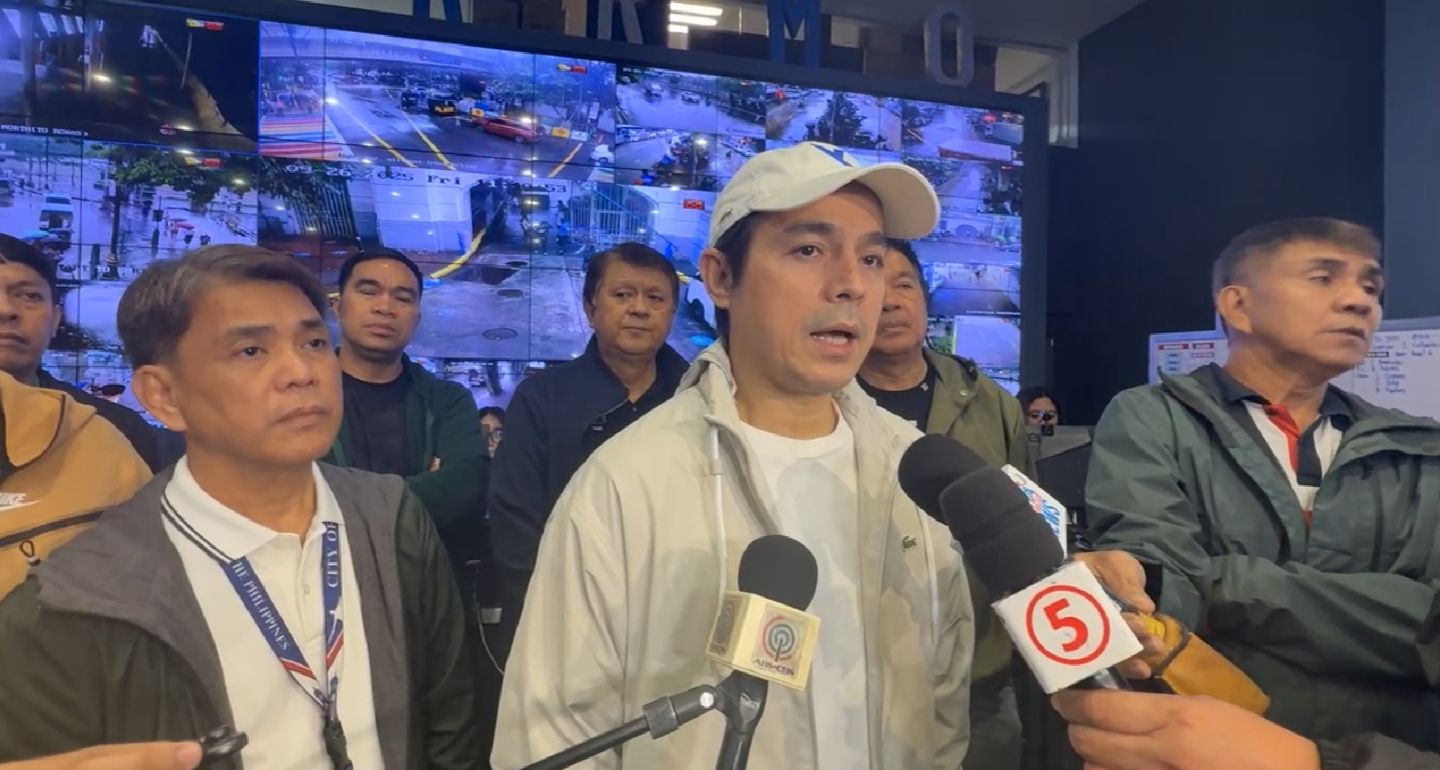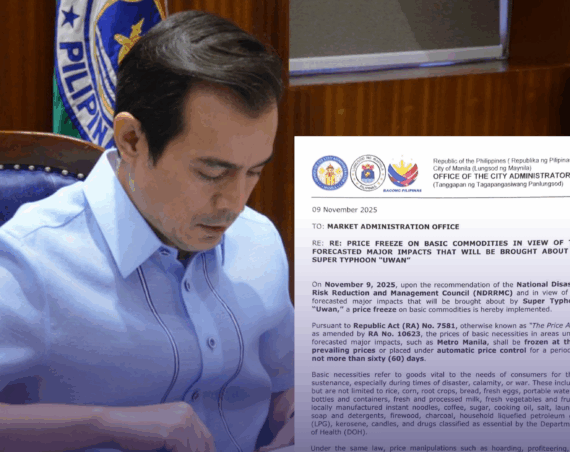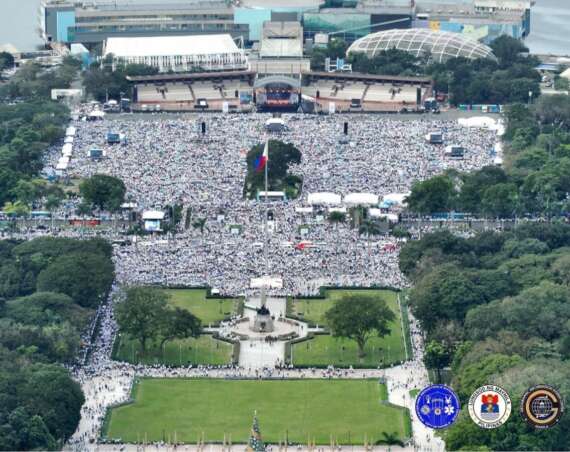Manila City Mayor Francisco “Isko” Moreno Domagoso on Friday morning, September 26, assured residents that the city remains on heightened alert as Severe Tropical Storm Opong moves across the country, with all response units on standby and continuous monitoring underway.
In an interview with reporters, the Mayor said evacuation sites have been opened by the Manila Department of Social Welfare (MDSW) and are ready to receive voluntary evacuees.
MDSW Director Jay Dela Fuente said social workers have already been deployed to 26 evacuation sites, while hot meals have been prepositioned at the agency’s district offices.
“As of the moment, wala naman pong laman (ang mga evacuation centers), but the MDSW, thru Dir. Jay Dela Fuente, has ordered yesterday hot meals kapag may mga evacuees na,” Domagoso noted.
The Mayor also reported that 24/7 monitoring is being done by the Manila City Disaster Risk Reduction and Management Office (MCDRRMO) and other city agencies until Saturday, when the storm is expected to intensify.
“But salamat sa Diyos, the way it was presented to us yesterday by science, so far, hindi pa natin masyado nararamdaman, although ‘yung ulan hindi pa tumitigil,” he said.
Citing reports from the MCDRRMO, the Mayor said no major thoroughfares are flooded, but assured the public that the city is closely monitoring high-risk areas during high tide.
MCDRRMO Director Arnel Angeles noted that high tide is expected at 1:12 p.m. with a height of 0.52 meters, identifying Barangay 598 (Damka, Santa Mesa along the San Juan Riverbanks), Barangay 20 (Isla Puting Bato), and Barangay 275 (Parola) as high-risk areas.
On evacuation protocols, Domagoso said the city will implement “involuntary evacuation” should it become necessary.
Domagoso said he has ordered continuous declogging operations to minimize flooding in the city.
“Since July 1, kahit baha, pinapa-declog ko pa rin. At the same time, based on that EO, ‘yung 896 barangays, inaatasan natin na tuwing Saturday, mag-declog sila ng kani-kanilang canal. Kami naman sa Maynila, araw-araw,” he said.
He added that significant volumes of sand and asphalt had already been removed from the drainage system.






